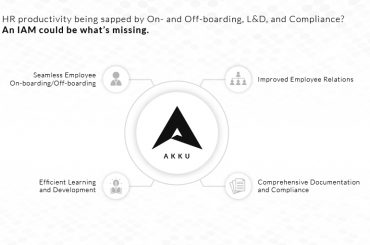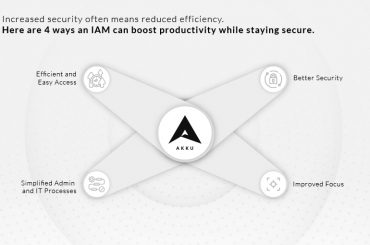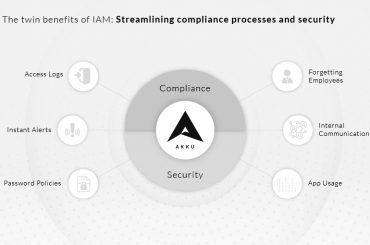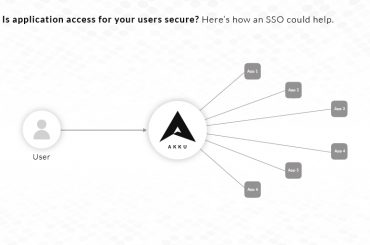Privilege abuse – that is the security threat that your business’s IT team is most worried about. According to a survey conducted in March 2014 among more than 4000 IT security executives, over 88% of them fear that users who have access to the organization’s applications and data are the ones who are most likely to compromise it and lead to a security breach.
Privilege abuse, or privileged user abuse, refers to the inappropriate or fraudulent use of permitted access to applications and data. This could be done, either maliciously, accidentally or through ignorance of policies. In addition to causing financial losses, such insider breaches also damage the organization’s reputation, sometimes irreparably.
How Privilege Abuse Happens
Simply put, an insider or a person with legitimate access uses their permission in ways that cause a security breach. Typically, a privilege abuse is a data breach caused by the result of poor access control.
The following are some of the ways in which a privilege abuse happens:
- A user has accidentally or negligently been given more permissions than are required to do their jobs effectively
- A user’s activity is not properly monitored and there are no proper controls
- A person continues to have access to their user account even after they have left the organization
- A user accidentally compromises their login credentials or falls for an external threat by clicking a malicious email link
How to Prevent Privilege Abuse
1.Educate employees and other end users
According to the results of the aforementioned survey, IT executives felt that the most important step to take was to educate employees and other end users on the safe ways to use their access, especially when it came to sensitive data.
Making users aware of the importance of keeping their passwords safe, creating and using strong password policies, and not accessing or clicking on suspicious-looking links are some of the first steps. Any other ways in which users may inadvertently compromise security should also be discussed.
2. Efficiently manage assigned privileges
When it comes to access management, here are some recommended best practices:
- Do not consider access allocation to be a one-time process when a user enters the organization. As the user’s role within the organization changes, the levels of access and permissions need to be redefined accordingly.
- User analytics plays an important role here – compare user access requirements, existing access provided and level of user access frequency, and remove any permissions that may seem unnecessary.
- If any kind of suspicious activity is noticed, instantly revoke access before probing.
3. Make every server activity accountable
Ensure that no one, not even your organization’s administrators, enter the host server in an unaccounted manner. Use timestamps to record every entry and exit made with regard to the server and enable notification systems to alert other administrators whenever there has been a login. Ideally, at least two administrators need to be logged in simultaneously so that one can keep track of the other’s activity.
4. Set up Restrictions
When it comes to sensitive or business critical data, set up restrictions for all of your applications – cloud-based or on-premise. You can do this through:
- Preventing access from unrecognized IPs
- Restricting access to privileged accounts only from company devices
- Blocking access to certain applications or data outside of business hours and/or from unknown (potentially unsafe) locations
- Setting up a system to automatically prevent suspicious login attempts
How to Protect your Business from Privilege Abuse
The result of the same survey referred to above revealed that including an identity and access management (IAM) system as part of the organization’s security strategy is of topmost priority.
With features like a single sign-on dashboard for administrators for granular control over access and permissions, IP-based restrictions, tamper-proof device-based restrictions, time-based and location-based restrictions, server monitoring and intelligent suspicious login prevention, a reliable IAM solution like Akku can help you tackle most of the above mentioned steps involved in preventing privilege abuse. Akku can also help you set up other security features like multi-factor authentication, password policy management and more which can prevent external threats from infiltrating your system.
Secure your cloud or hybrid environment with Akku to manage access and protect your business data and applications. Get in touch today!





